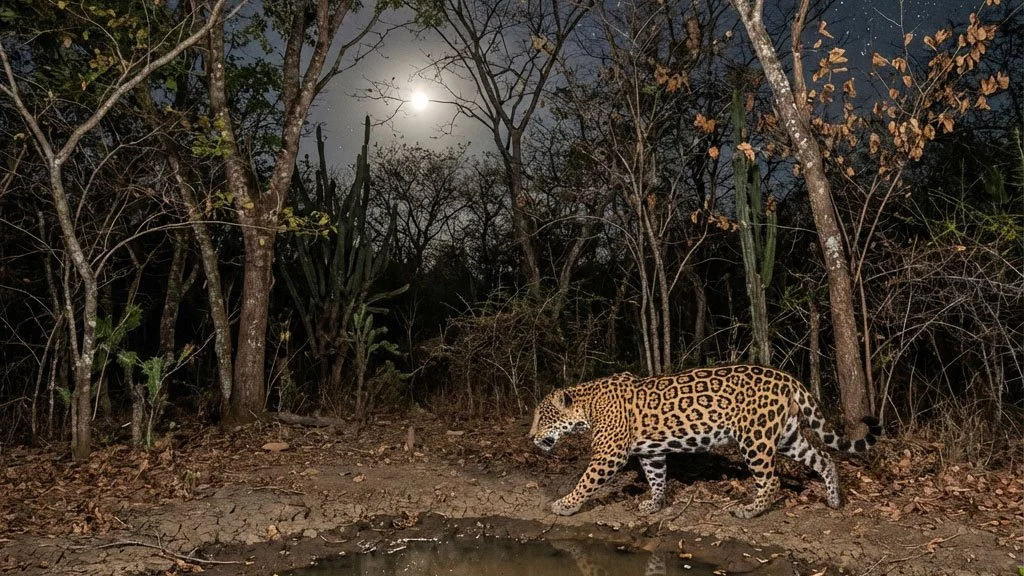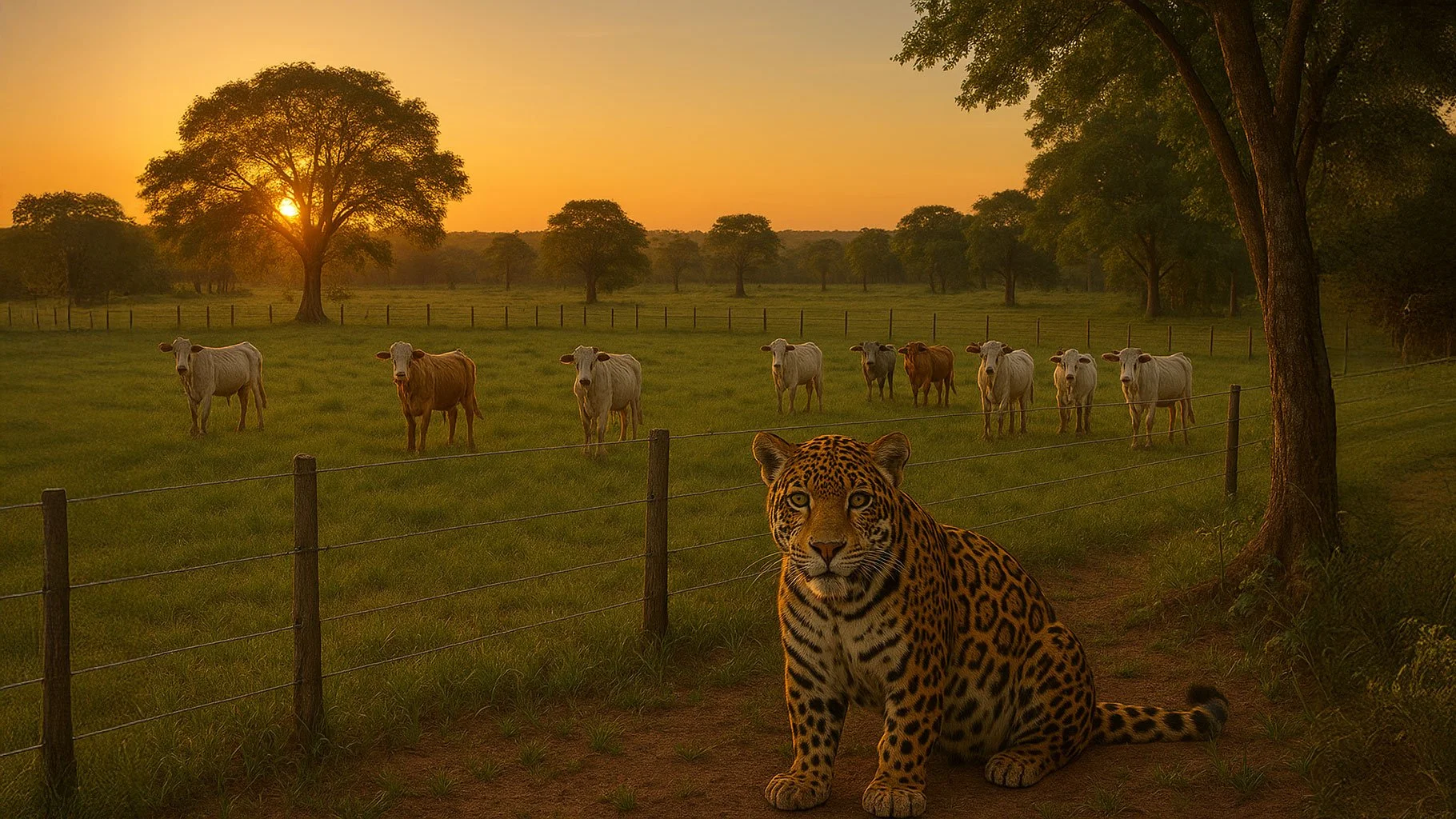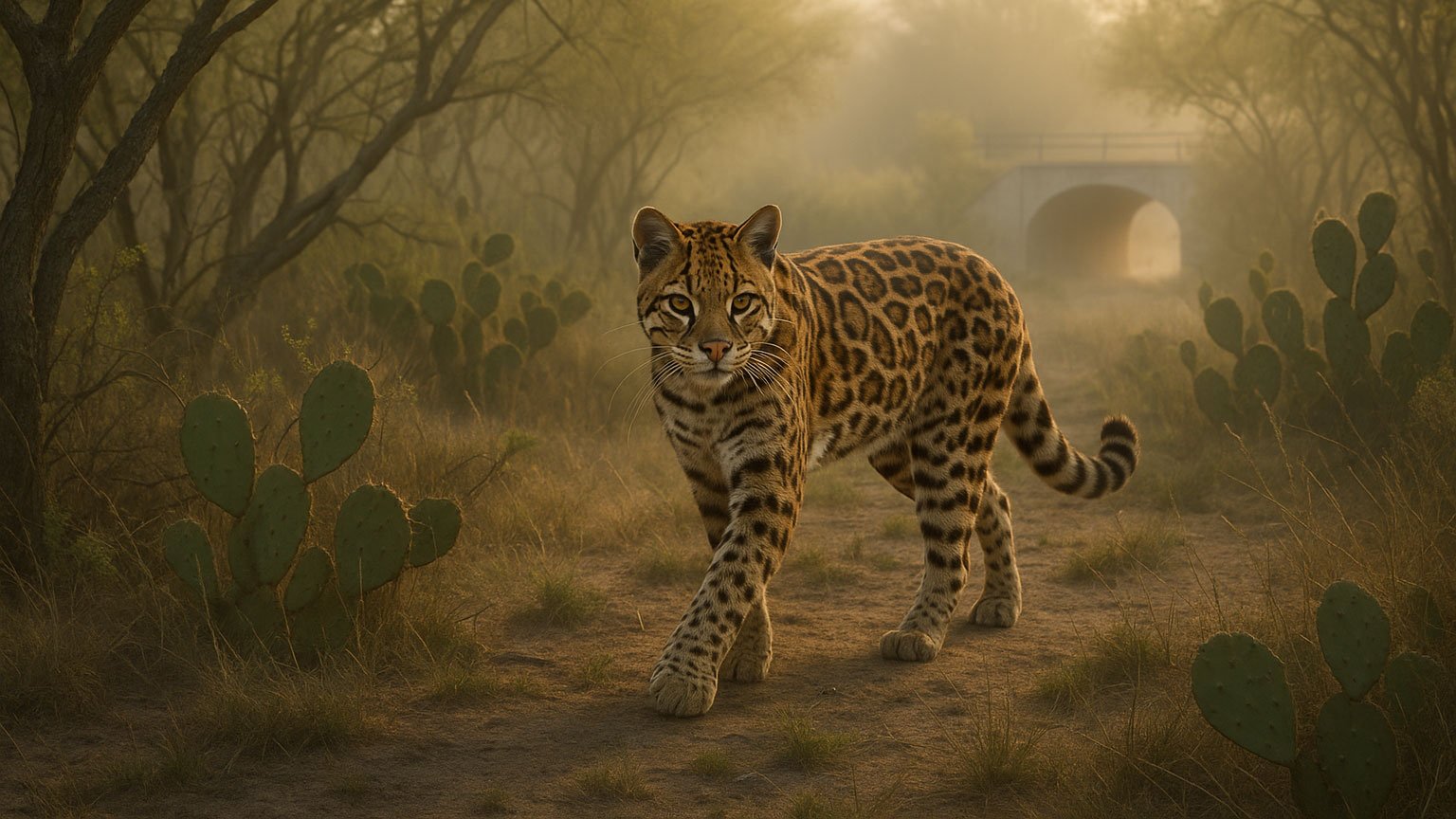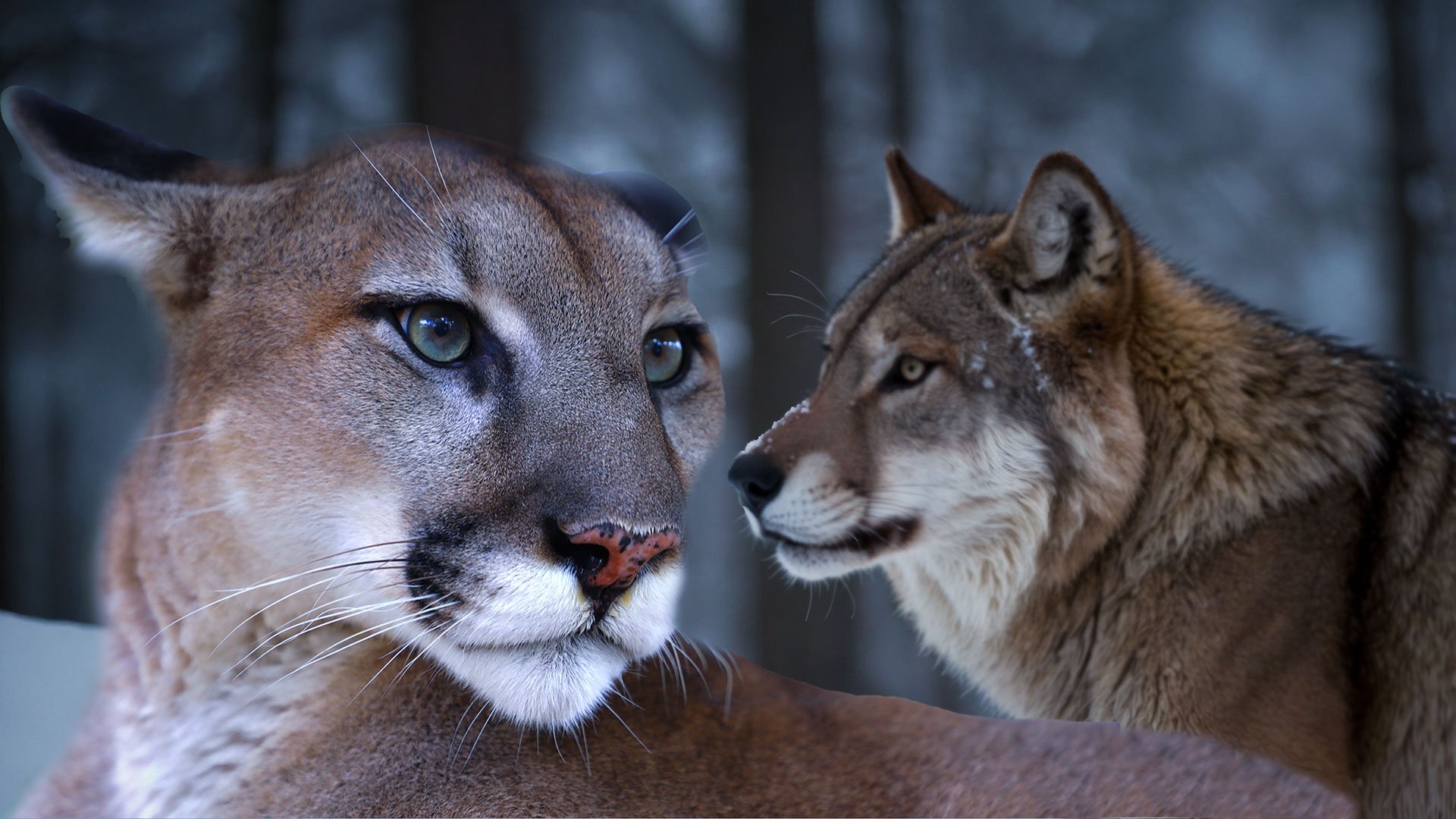Amazon’s Secret Hair Collectors: How Jaguars Are Helping Save Their Own Species
Deep in the emerald heart of the Brazilian Amazon, where the forest breathes with ancient rhythms and shadows move like whispers, the jaguar reigns supreme. Sleek, powerful, and solitary, these apex predators have long been the silent guardians of the world’s largest rainforest—keeping its balance, protecting its diversity, and embodying the wild soul of South America.
But today, the jaguar’s kingdom is under siege. Expanding mines gnaw at the forest edges. Cities stretch their concrete fingers into the green. Rivers once pure now carry mercury from illegal gold mining. Every change in the Amazon sends ripples through the jaguar’s body—and into the health of the ecosystem itself.
For conservationists, understanding how these pressures affect jaguars is crucial. One of the best ways? Testing hair samples for toxins like mercury. But here’s the catch: collecting those samples usually means trapping the cat. And trapping a jaguar isn’t just risky—it’s stressful for the animal, dangerous for the scientists, and expensive for conservation groups.
Researchers tried everything: Velcro pads, sticky tapes, even lures placed along the cats’ forest paths. The jaguars, clever and cautious, avoided them all.
Then, a spark of genius came from the most ordinary of places.
Paul Raad, founder of the Institute for Mitigation of Environmental Problems with Traditional Communities and Jaguars, was visiting a friend when she apologized for the state of her car. “The dogs shed so much,” she said, “and I can’t get their hair out of this floor mat—it’s stuck!”
That’s when the lightbulb went off.
If this mat could trap stubborn dog hair, why not jaguar hair?
Raad and his team took mats of similar texture and placed them where jaguars like to walk or lounge—on logs, branches, and favorite resting spots. What happened next was nothing short of magical.
Trail cameras revealed jaguars doing something almost comically familiar: rolling, lounging, and scratching the mats—just like a house cat kneading a blanket. Each playful swipe and stretch left behind precious strands of fur. Not only could researchers identify individual jaguars from these samples, but they could do it without ever stressing or restraining the animal.
A method that once required thousands of dollars and high-tech gear was now achievable with a $20 mat from a hardware store. And this wasn’t just science—it was empowerment.
“Until now, biological banks and sample access were usually restricted to large international NGOs with significant funding,” Raad explained. “We wanted to democratize jaguar science so that it doesn’t remain in the hands of only a few.”
The new approach means that even small, local organizations—those closest to the jaguar’s home—can collect vital data to protect these cats. With more eyes, more information, and more voices in the fight, jaguar conservation becomes a shared mission, not an exclusive club.
And perhaps that’s the real beauty of this story: it’s proof that saving the wild doesn’t always require million-dollar budgets. Sometimes, it just takes a flash of inspiration and the same ingenuity that has allowed life to thrive in the Amazon for millennia.
What You Can Do:
Support groups that champion on-the-ground conservation, empower local communities, and value the welfare of wild cats over quick fixes. Whether by donating, sharing their stories, or advocating for habitat protection, your voice helps keep the Amazon’s roar alive.
Because in the end, every jaguar hair left clinging to a mat is more than a sample—it’s a strand of hope for the wild.














